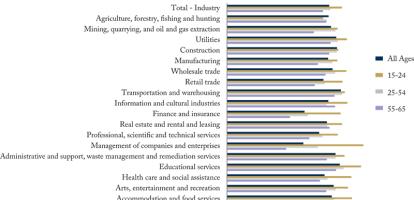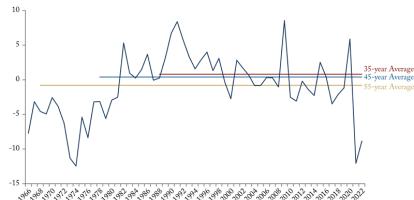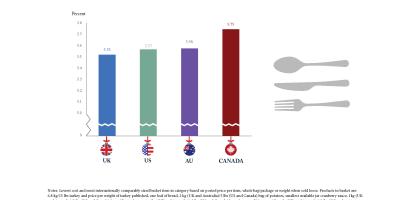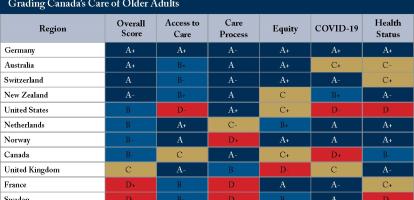
New research from Benjamin Dachis explores how homebuyers in Canadian cities face a multitude of taxes and charges that increase the cost of buying a home. These charges include development charges – charges paid by the developer to compensate the municipality for the cost of building infrastructure, such as sewers, to service new homes and development properties. Development charges are passed on to buyers in the form of higher purchase prices.
This Graphic Intelligence tracks development charges collected and spent in Ontario and British Columbia, and shows cities are increasingly not spending a large amount of the development charges they collect in a given year.
From 2010 to 2018, Ontario municipalities collected $17.4 billion in development charges, $6.4 billion of which was dedicated for water infrastructure. However, just over half of that amount ($3.6 billion) went to capital expenditure. Another $2.4 billion (37 percent) of these water-related development revenues was transferred to municipal operations budgets, possibly for financing past capital-related debt. The rest remains in reserve funds. In total, Ontario municipalities have spent about three-quarters of the development charges they have collected for other types of assets on related capital investments and transferred 11 percent of this amount to operating expenses.
Since 2009, BC cities have collected $9 billion in development charges. Over that same period, they have spent $8.5 billion of that on capital-related infrastructure.
Developers and homebuyers are paying upfront charges expecting to get services provided by such charges, such as water infrastructure or other services. This data shows they are not receiving them in a timely manner. It is time to reform the development charge system, especially for water.




